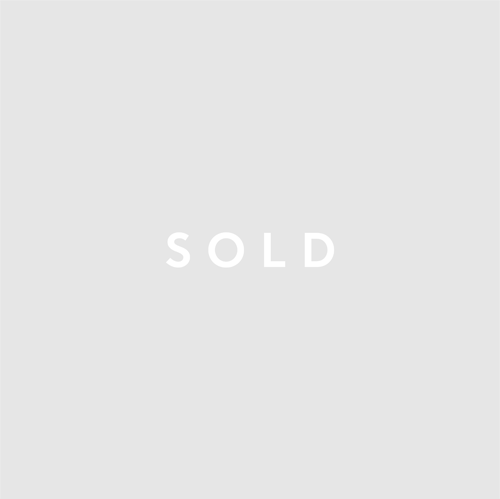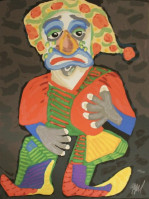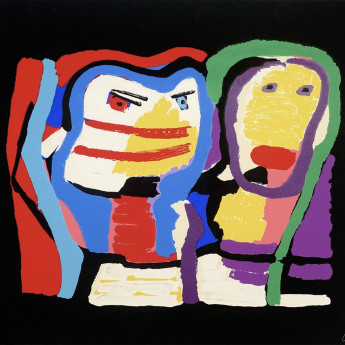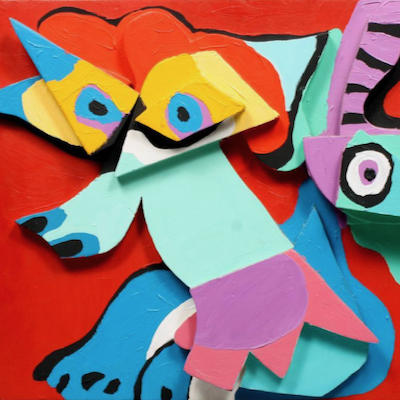
Details
Künstler
Stile
Deluxe edition of the illustrated book with cork slip case hemp rope and etching embedded in a clear polyester resin cylinder - One signed and numbered etching is embedded in a clear polyester resin cylinder - Illustrated on every page by Pierre Alechinsky - 95 pages - Book size: 7 1/2 x 6 x 3/4 - The book is printed on Arches heavy weight wove paper - The etching is printed on Auvergne laid paper - This is the nr 51 of 100 with resin cast and cork slip case. This edition came with 3 etchings: one in the cylinder and two loose ones - those two loose ones are not included. Condition is very good. The size mentioned is for the cylinder.
Le Bleu Des Fonds , 1968
Form
Mittel
Größe
26.5 x 8.5 cm
- Inch
- Zentimeter
Edition
Preis
Details
Künstler
Stile
Deluxe edition of the illustrated book with cork slip case hemp rope and etching embedded in a clear polyester resin cylinder - One signed and numbered etching is embedded in a clear polyester resin cylinder - Illustrated on every page by Pierre Alechinsky - 95 pages - Book size: 7 1/2 x 6 x 3/4 - The book is printed on Arches heavy weight wove paper - The etching is printed on Auvergne laid paper - This is the nr 51 of 100 with resin cast and cork slip case. This edition came with 3 etchings: one in the cylinder and two loose ones - those two loose ones are not included. Condition is very good. The size mentioned is for the cylinder.
- Zuletzt Hinzugefügt
- Preis (niedrig-hoch )
- Preis (hoch-niedrig )
- Jahr (niedrig-hoch )
- Jahr (hoch-niedrig )
Pierre Alechinsky
Vacillations (with Watercolor), 1979
Limitierte Druck Auflage
Lithographie
EUR 3,500
Was ist die CoBrA-Bewegung?
CoBrA steht für Kopenhagen, Brüssel und Amsterdam; die Gruppe wurde mit dem Wunsch gegründet, sich von den bestehenden Kunstbewegungen der damaligen Zeit zu lösen. Ihre Kritik an der westlichen Gesellschaft führte sie dazu, zu experimentieren und sich zu einer bedeutenden internationalen Bewegung zu entwickeln. CoBrA wurde am 8. November 1948 im Café Notre Dame in Paris gegründet, wo das Manifest von Karel Appel, Joseph Noiret, Corneille, Christian Dotremont, Constant und Asger Jorn unterzeichnet wurde. Die Gruppe war durch ein gemeinsames Engagement für Freiheit in Form und Farbe vereint, und ihre Arbeit betonte Experiment und Spontaneität.















